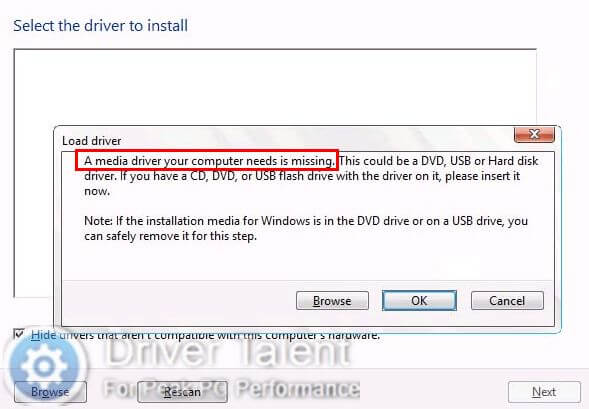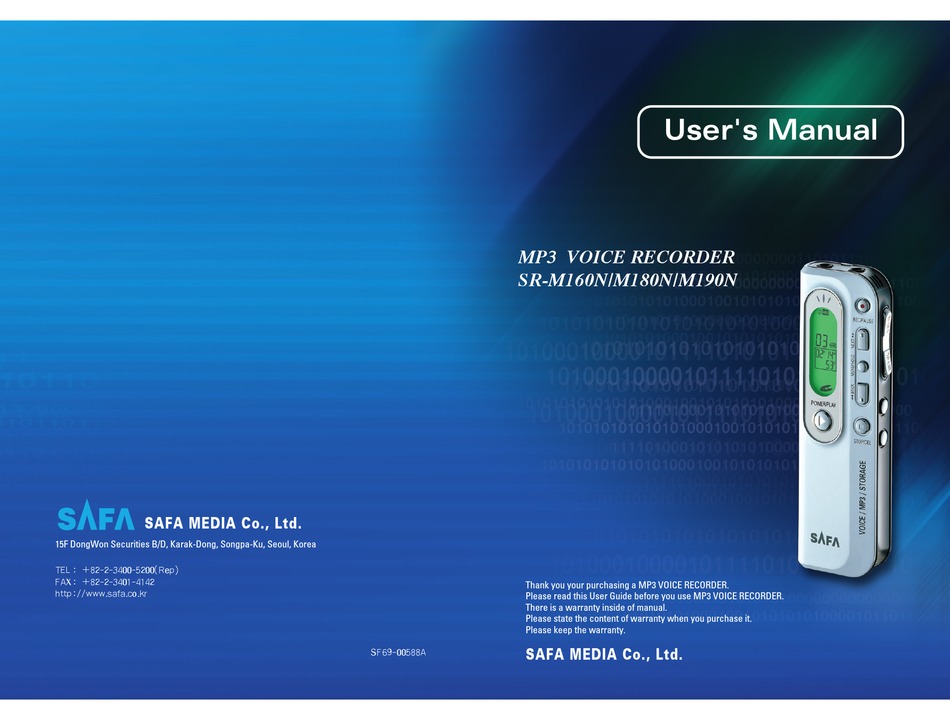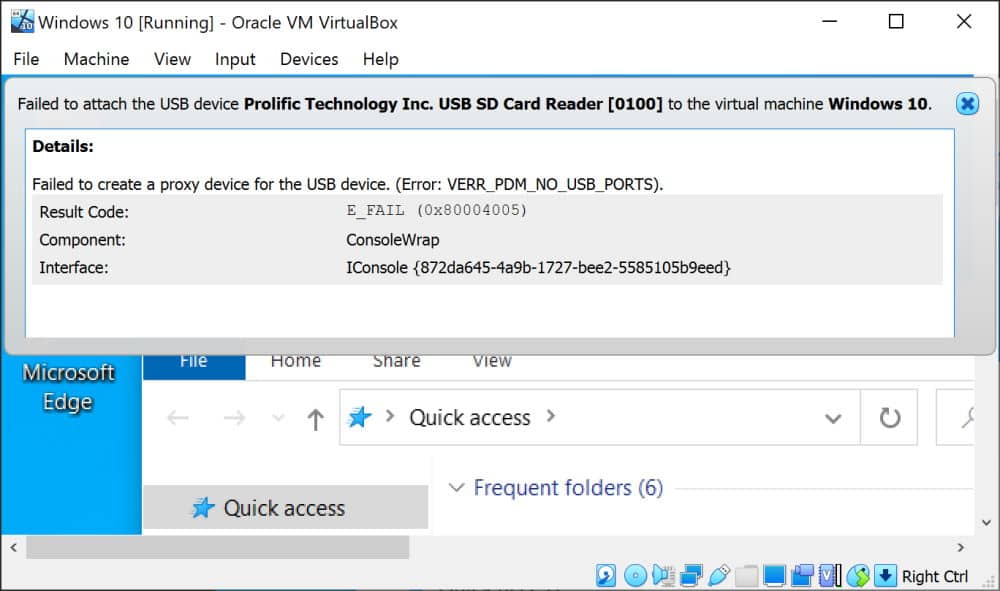
Except for POWER9 Systems, performing a D-Mode Initial Program Load (IPL) from an RDX drive requires an HMC-managed system.  The external USB devices allow the cable to be unplugged without a configuration change (removing the IOA from the partition, or powering off), but the device should be varied off (VRYCFG) before the device is unplugged. There is no VIOS support for RDX drives. This release can host the device, but only to another i partition.
The external USB devices allow the cable to be unplugged without a configuration change (removing the IOA from the partition, or powering off), but the device should be varied off (VRYCFG) before the device is unplugged. There is no VIOS support for RDX drives. This release can host the device, but only to another i partition.  IBM i 7.1 Technology Refresh 5 and later releases report the device as a 63B8 regardless of native attached or virtualized client. IBM i 6.1.1 support reports the dock as a 632A (generic DVD) when directly attached, and as a 632C (virtualized DVD) when a client. The RDX dock is available in either 5.25" internal (SATA or USB) or external USB. RDX support is available for native-attached in IBM i 7.1 TR5 (Technology Refresh 5), either USB or SATA. Supported hardware for removable mass storage Support Not using the AC Power cable might result in failures. IMPORTANT NOTICE: When connecting RDX devices to IBM POWER8 or POWER9 Systems by using the backplane USB ports, it is a requirement that the RDX devices use an AC Power cable. Cartridge CapacityĬapacity is 160 GB to 2 TB per removable cartridge.
IBM i 7.1 Technology Refresh 5 and later releases report the device as a 63B8 regardless of native attached or virtualized client. IBM i 6.1.1 support reports the dock as a 632A (generic DVD) when directly attached, and as a 632C (virtualized DVD) when a client. The RDX dock is available in either 5.25" internal (SATA or USB) or external USB. RDX support is available for native-attached in IBM i 7.1 TR5 (Technology Refresh 5), either USB or SATA. Supported hardware for removable mass storage Support Not using the AC Power cable might result in failures. IMPORTANT NOTICE: When connecting RDX devices to IBM POWER8 or POWER9 Systems by using the backplane USB ports, it is a requirement that the RDX devices use an AC Power cable. Cartridge CapacityĬapacity is 160 GB to 2 TB per removable cartridge. 
For more information about optical containers, see Optical containers. The optical container support added with IBM i 7.2 TR5 and 7.3 TR1 allows optical image catalogs to be stored on RDX media. Performance is better than typical for low-cost tape drives (DAT), and the SATA device can achieve rates over 180GB/Hr. A cartridge can be placed in either a USB or SATA dock to access the data.

They are ruggedized to withstand a drop from up to 0.9 meters (36 in.) without damage, and they never need cleaning. RDX drives and cartridges are being positioned for the lower end of the performance requirements (Faster than DAT tape).








 0 kommentar(er)
0 kommentar(er)
